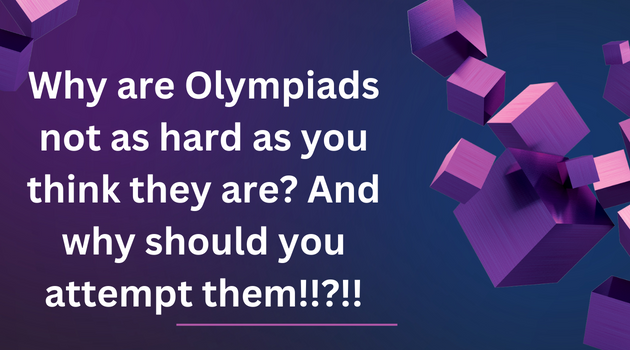ANIMATIONS & MULTIMEDIA - ESSENTIAL POINTS
- Animation is a dynamic medium in which images or objects are manipulated to appear as moving images. In traditional animation the images were drawn (or painted) by hand on cels to be photographed and exhibited on film. Nowadays most animations are made with computer-generated imagery (CGI).
- Animation means giving life to any object in computer graphics. It has the power of injecting energy and emotions into the most seemingly inanimate objects.
- Computer animation can be very detailed 3D animation, while 2D computer animation can be used for stylistic reasons, low bandwidth or faster real-time renderings.
- Animators have invented and used a variety of different animation techniques.
Basically there are six animation technique which are as follows:- Traditional Animation (frame by frame): Traditionally most of the animation was done by hand. All the frames in an animation had to be drawn by hand.
- Keyframing: In this technique, a storyboard is laid out and then the artists draw the major frames of the animation. Major frames are the ones in which prominent changes take place. They are the key points of animation. Keyframing requires that the animator specifies critical or key positions for the objects.
- Procedural: In a procedural animation, the objects are animated by a procedure − a set of rules − not by keyframing. The animator specifies rules and initial conditions and runs simulation.
- Behavioral: In behavioral animation, an autonomous character determines its own actions, at least to a certain extent. This gives the character some ability to improvise, and frees the animator from the need to specify each detail of every character's motion.
- Performance Based (Motion Capture): Another technique is Motion Capture, in which magnetic or vision-based sensors record the actions of a human or animal object in three dimensions . A computer then uses these data to animate the object.
- Physically Based (Dynamics): Unlike key framing and motion picture, simulation uses the laws of physics to generate motion of pictures and other objects. Simulations can be easily used to produce slightly different sequences while maintaining physical realism.
- Key Framing: A keyframe is a frame where we define changes in animation. Every frame is a keyframe when we create frame by frame animation. When someone creates a 3D animation on a computer, they usually don’t specify the exact position of any given object on every single frame. They create keyframes.
- Morphing: The transformation of object shapes from one form to another form is called morphing. It is one of the most complicated transformations. A morph looks as if two images melt into each other with a very fluid motion. In technical terms, two images are distorted and a fade occurs between them.
- Multimedia means that computer information can be represented through audio, video, and animation in addition to traditional media (i.e., text, graphics/drawings, images).
- The basic elements of Multimedia:
- TEXT: Characters that are used to create words, sentences, and paragraphs.
- GRAPHICS: A digital representation of non-text information, such as a drawing, chart, or photograph.
- ANIMATION: Flipping through a series of still images. It is a series of graphics that create an illusion of motion.
- VIDEO: Photographic images that are played back at speeds of 15 to 30 frames a second and the provide the appearance of full motion.
- AUDIO: Audio is the audible. part of a transmitted signal that is a recording/reproduction of acoustic signals; therefore sound: [sound is the] vibration transmitted through a solid, liquid or air.
- Types of multimedia representation
- Linear: It uses active content progresses often without any navigational control for the viewer such as a cinema presentation.
- Non-linear: uses interactivity to control progress as with a video game or self-paced computer based training. Hypermedia is an example of non-linear content.


